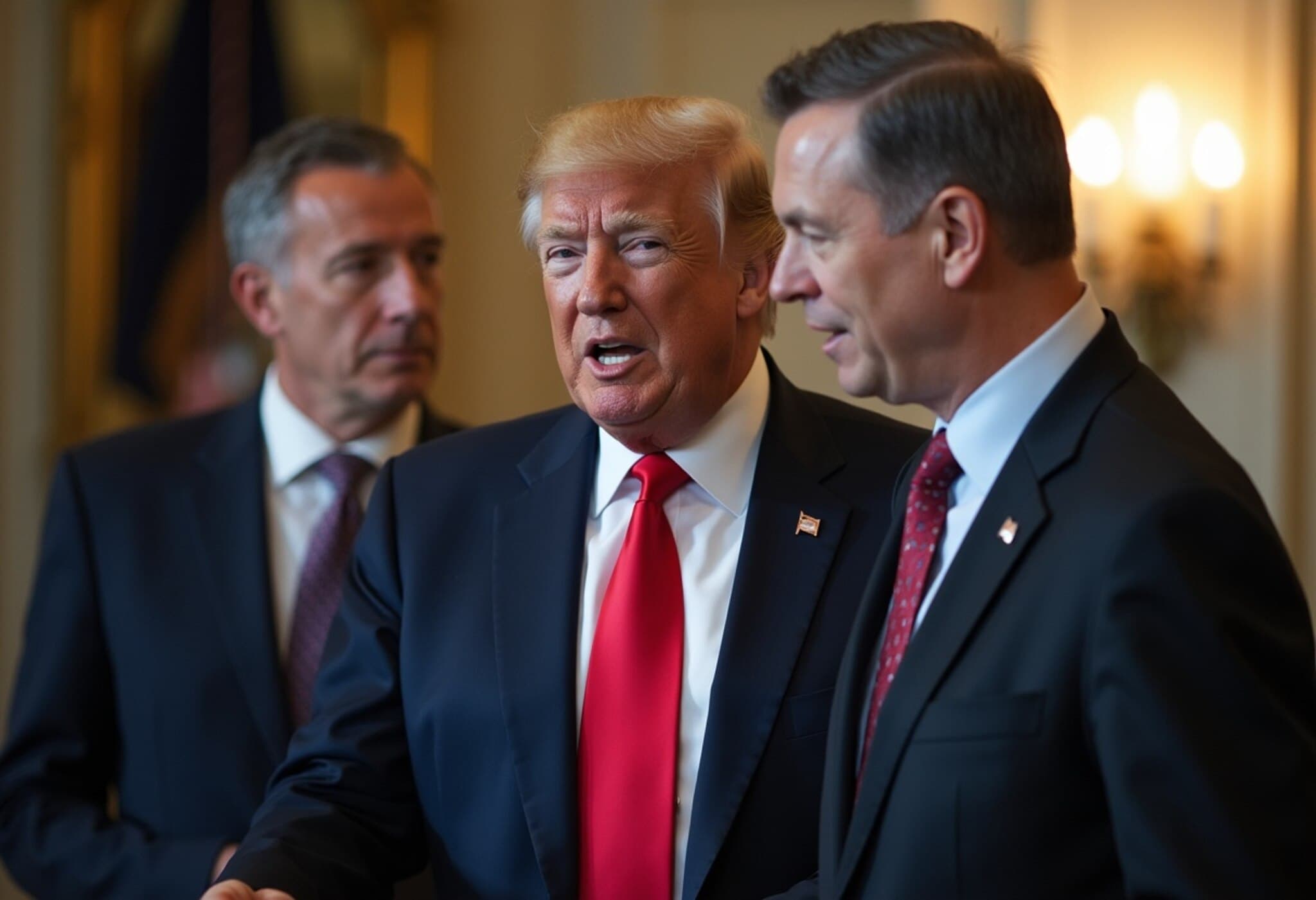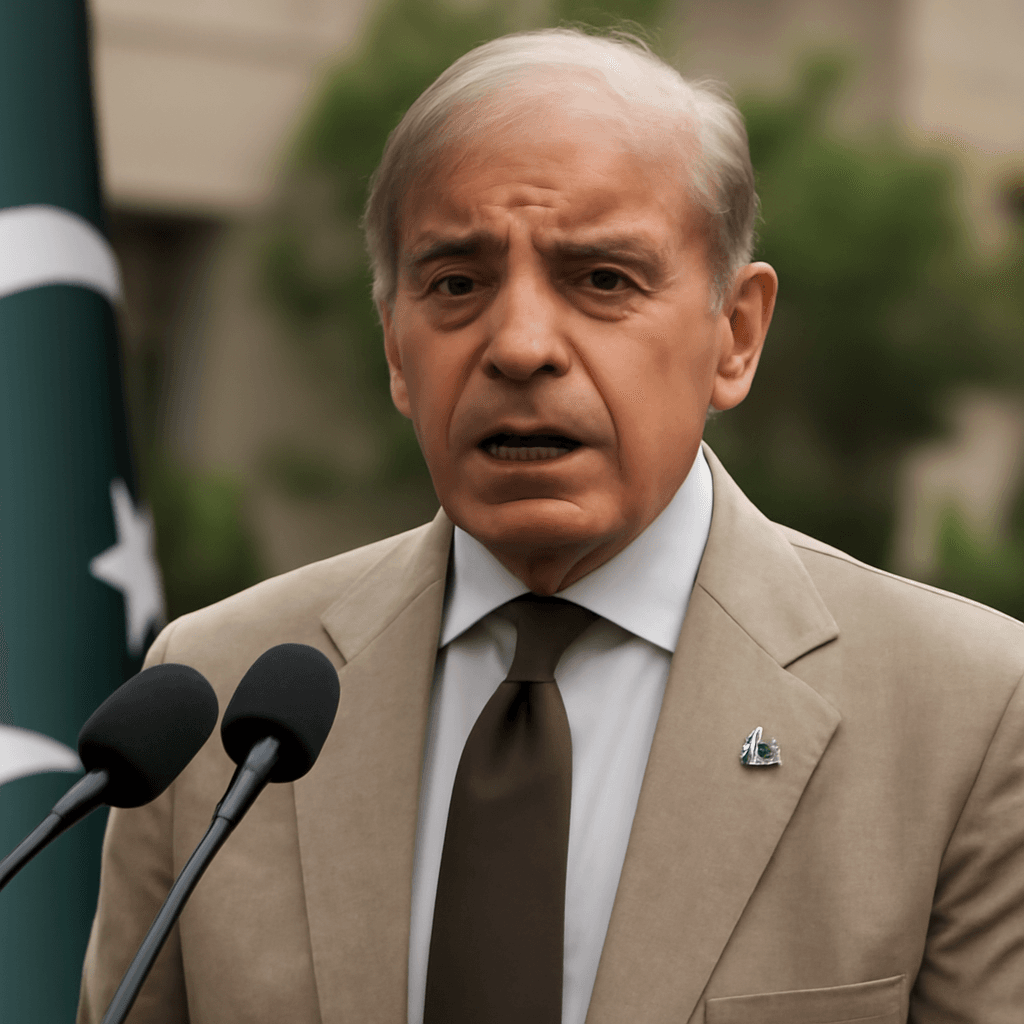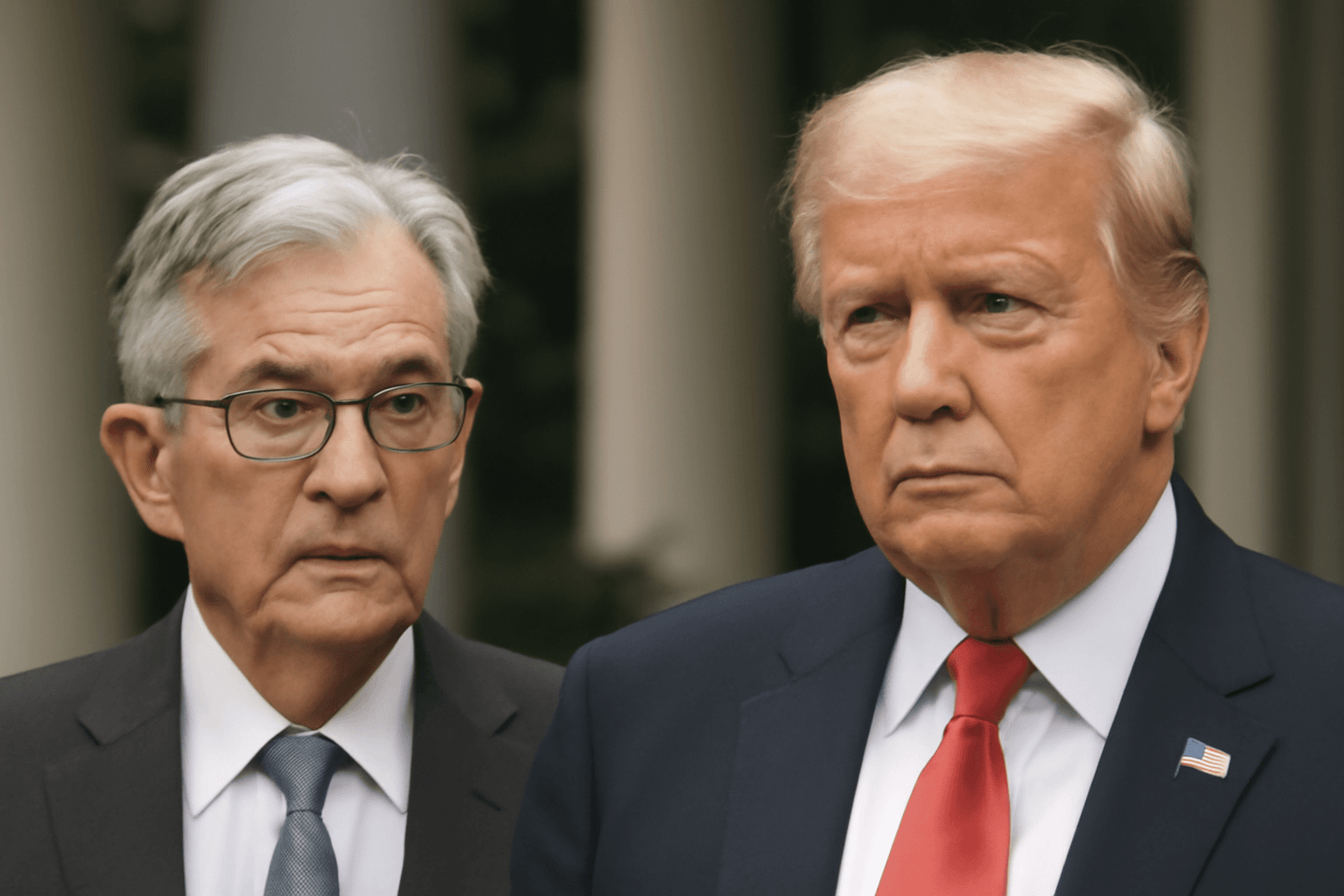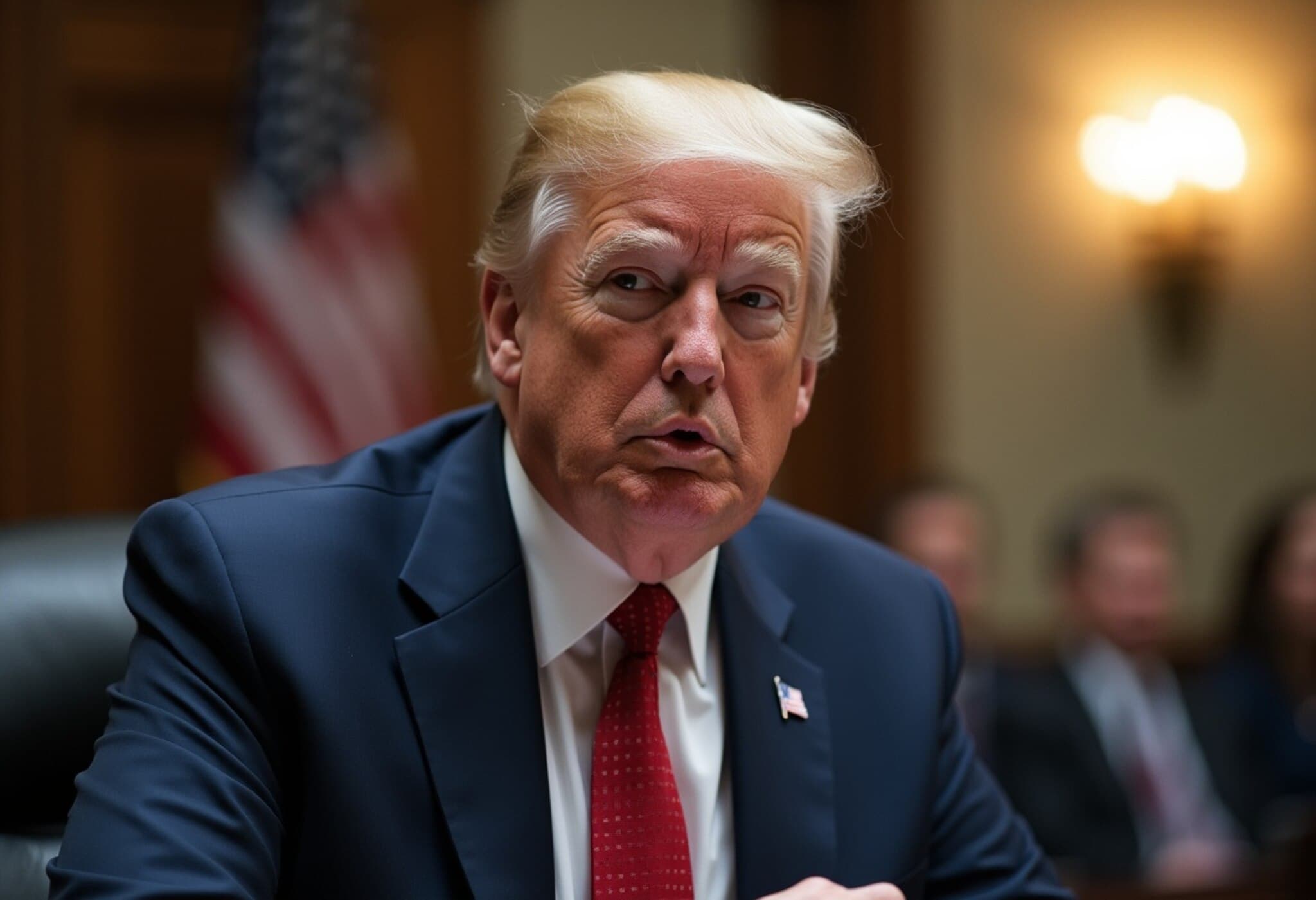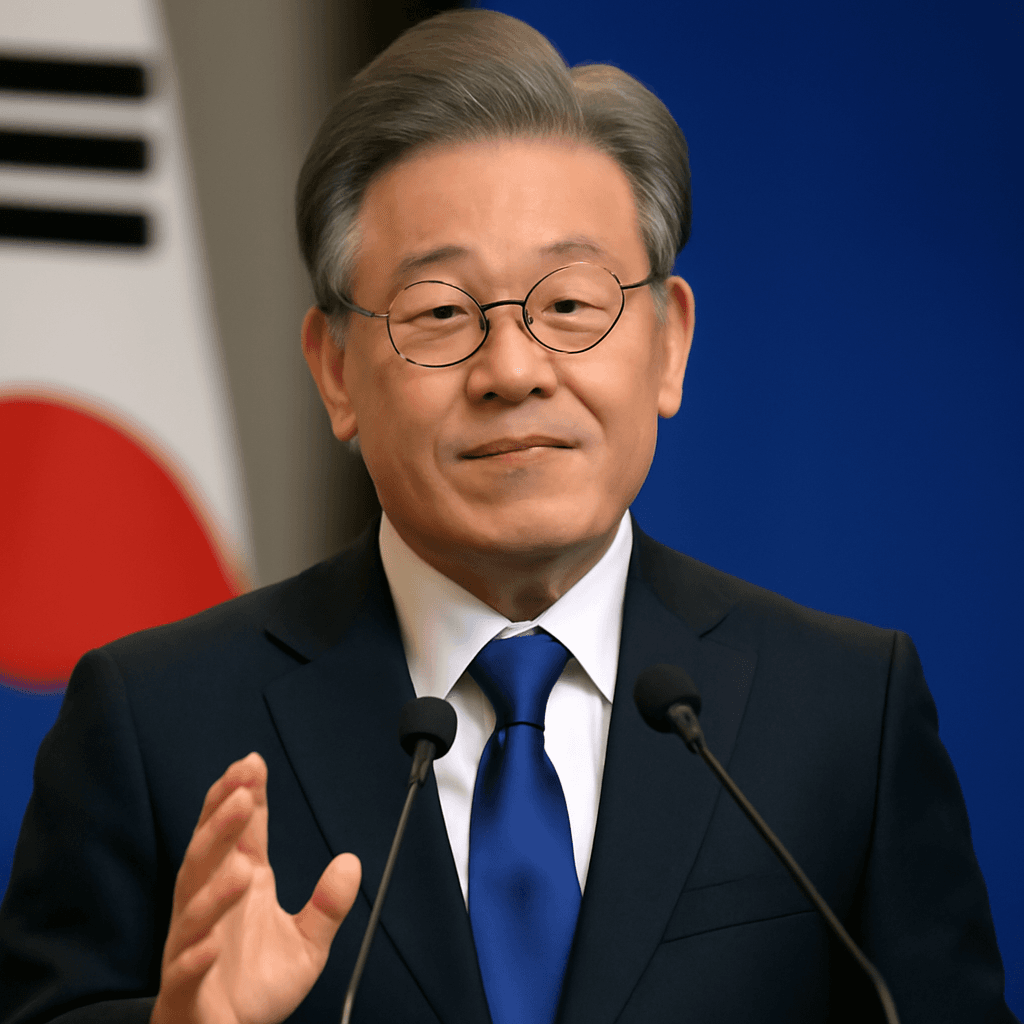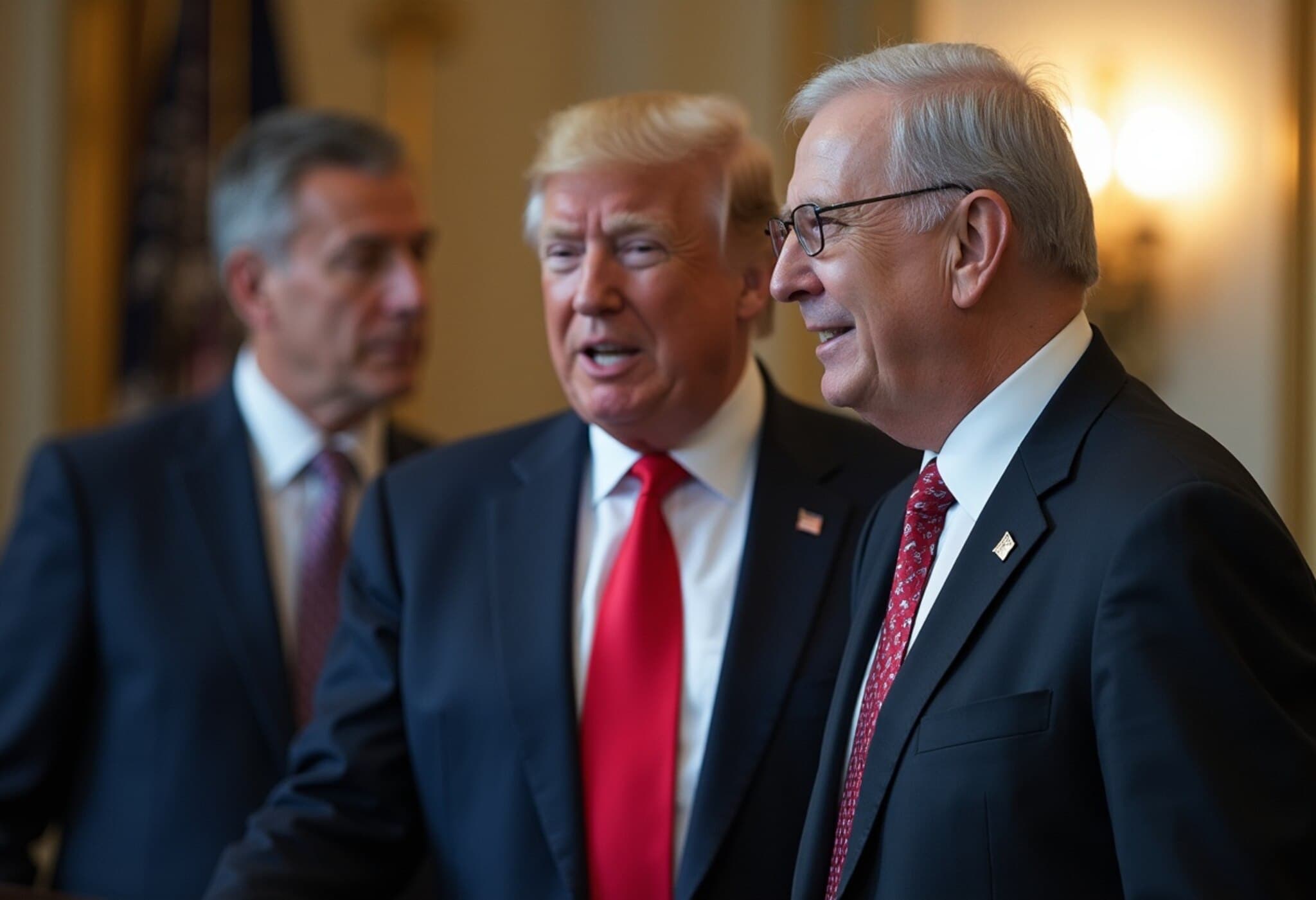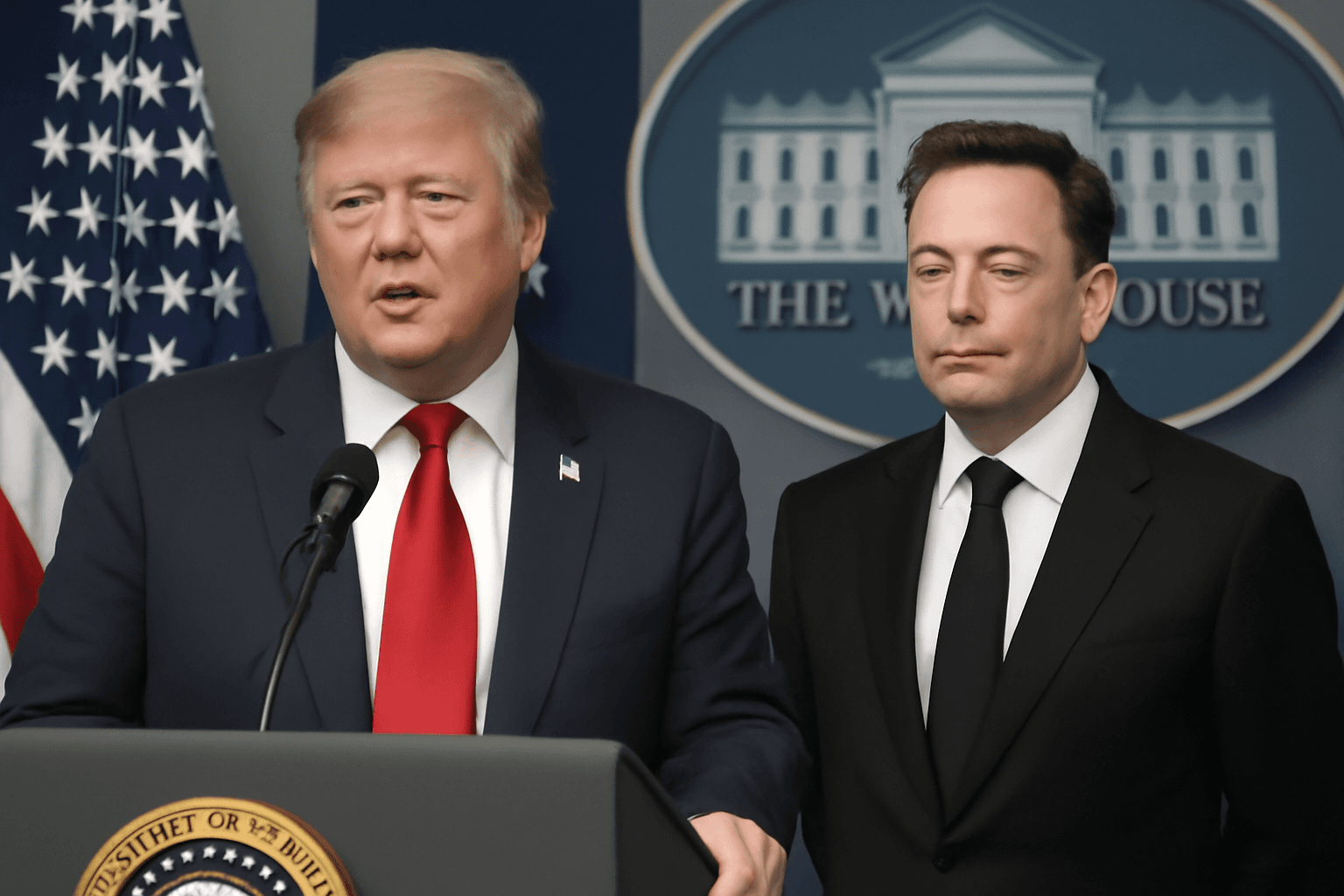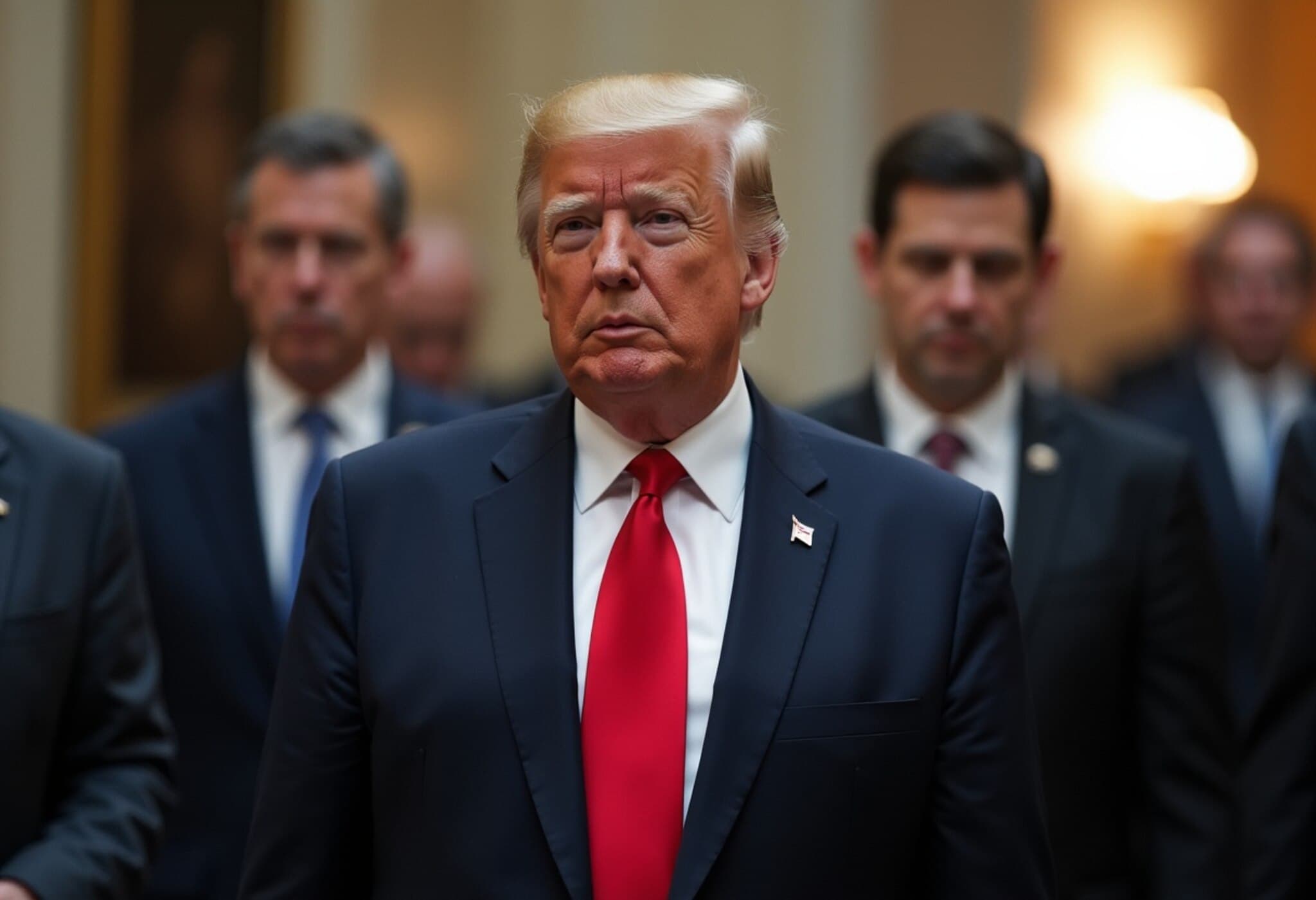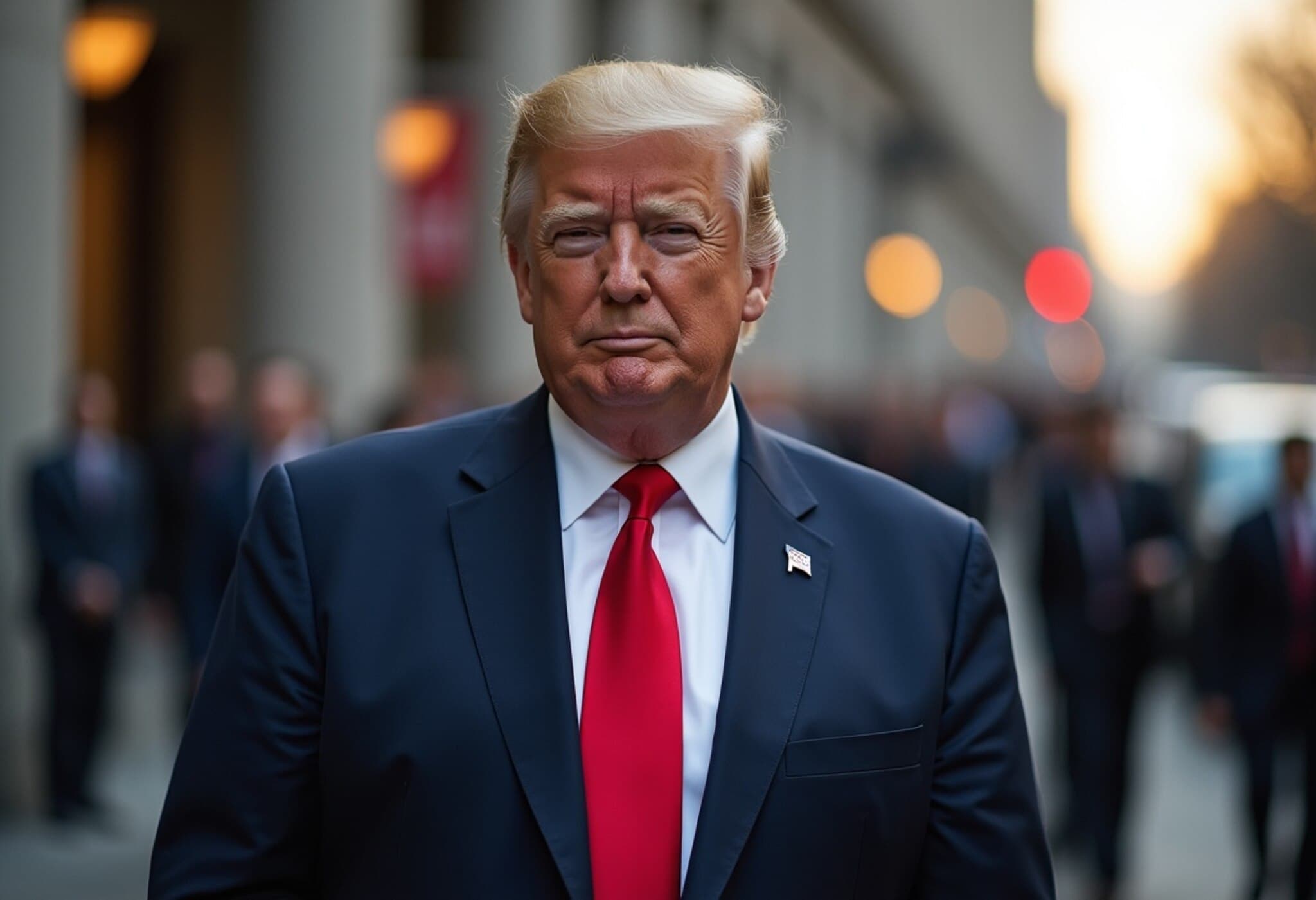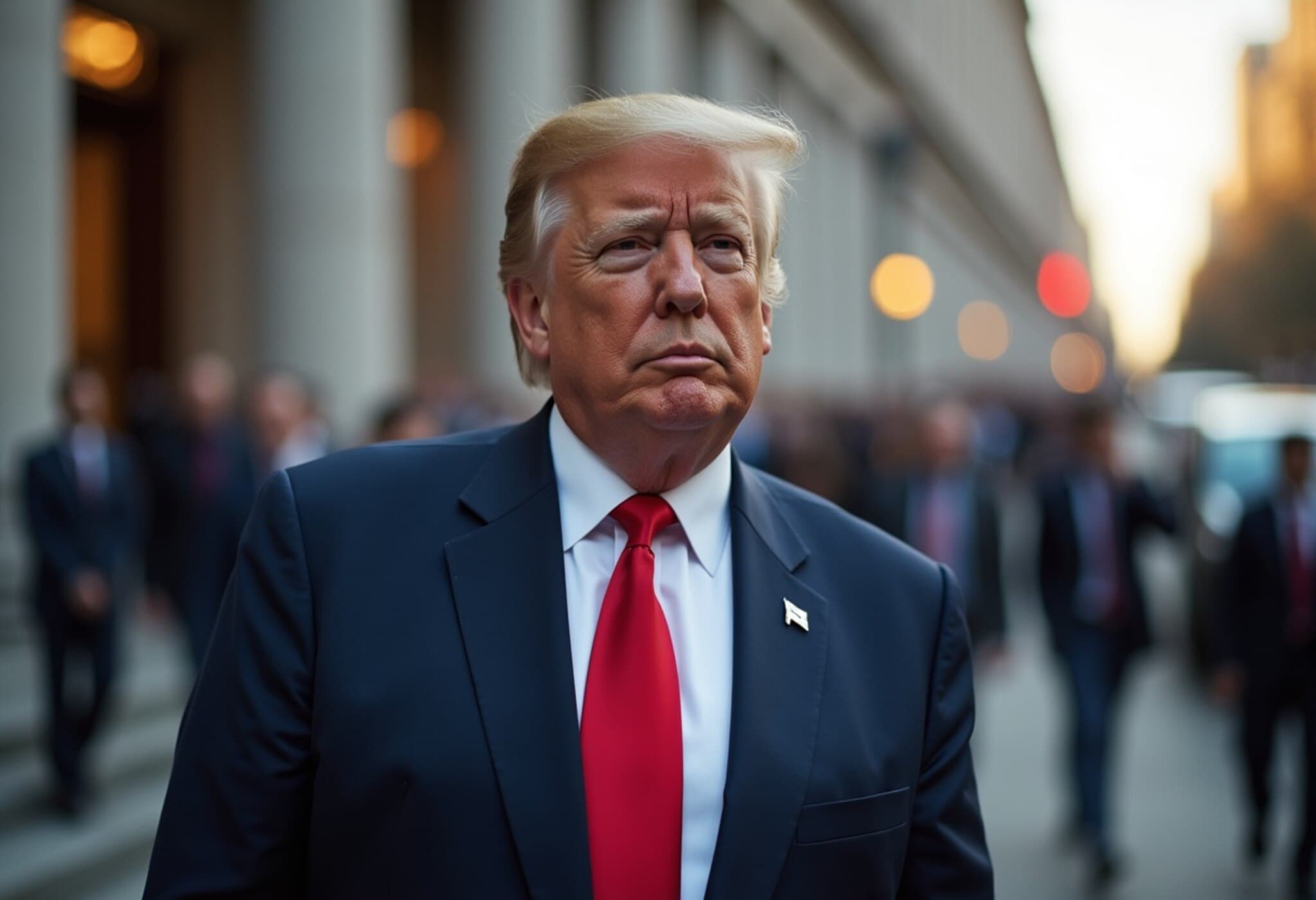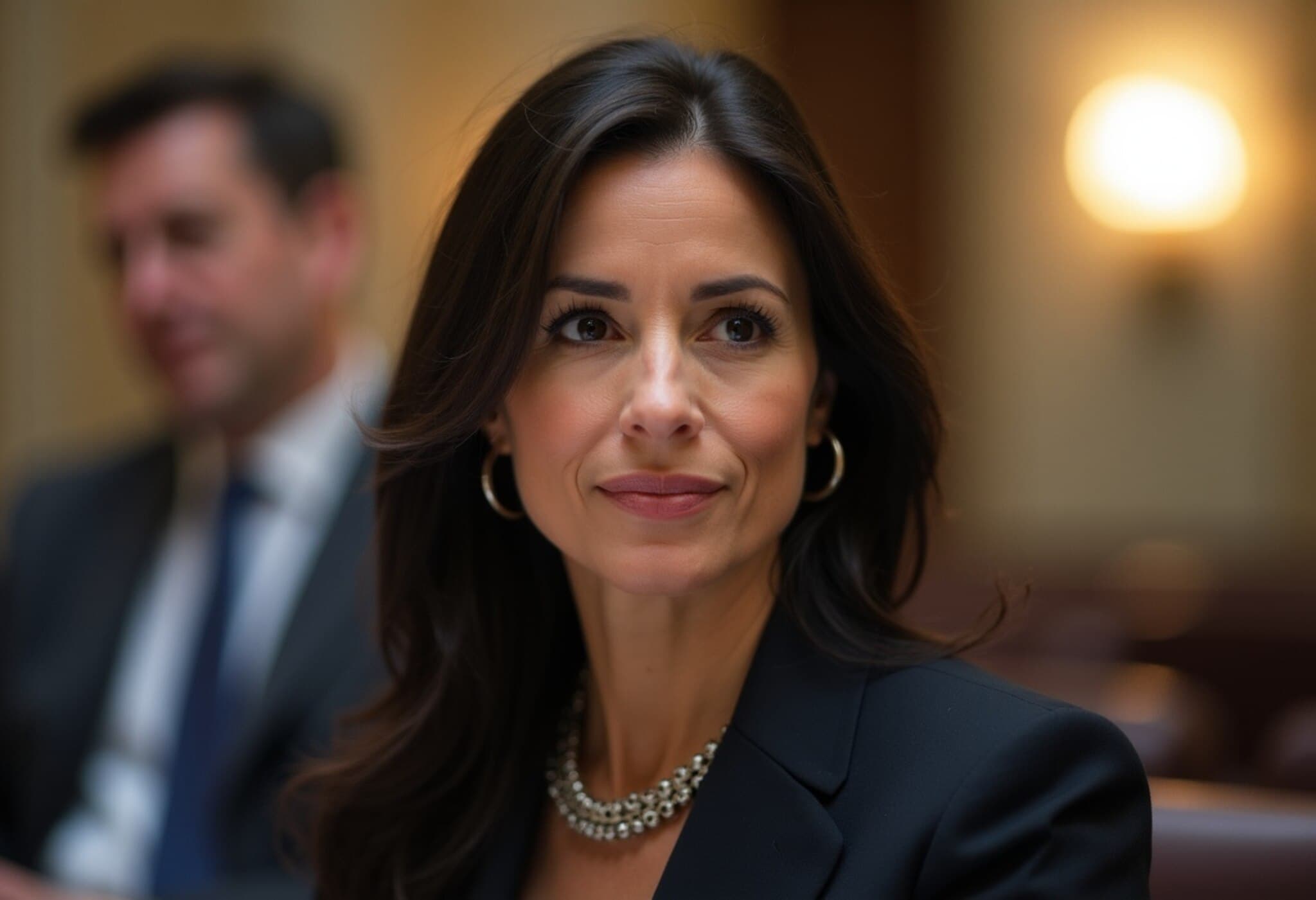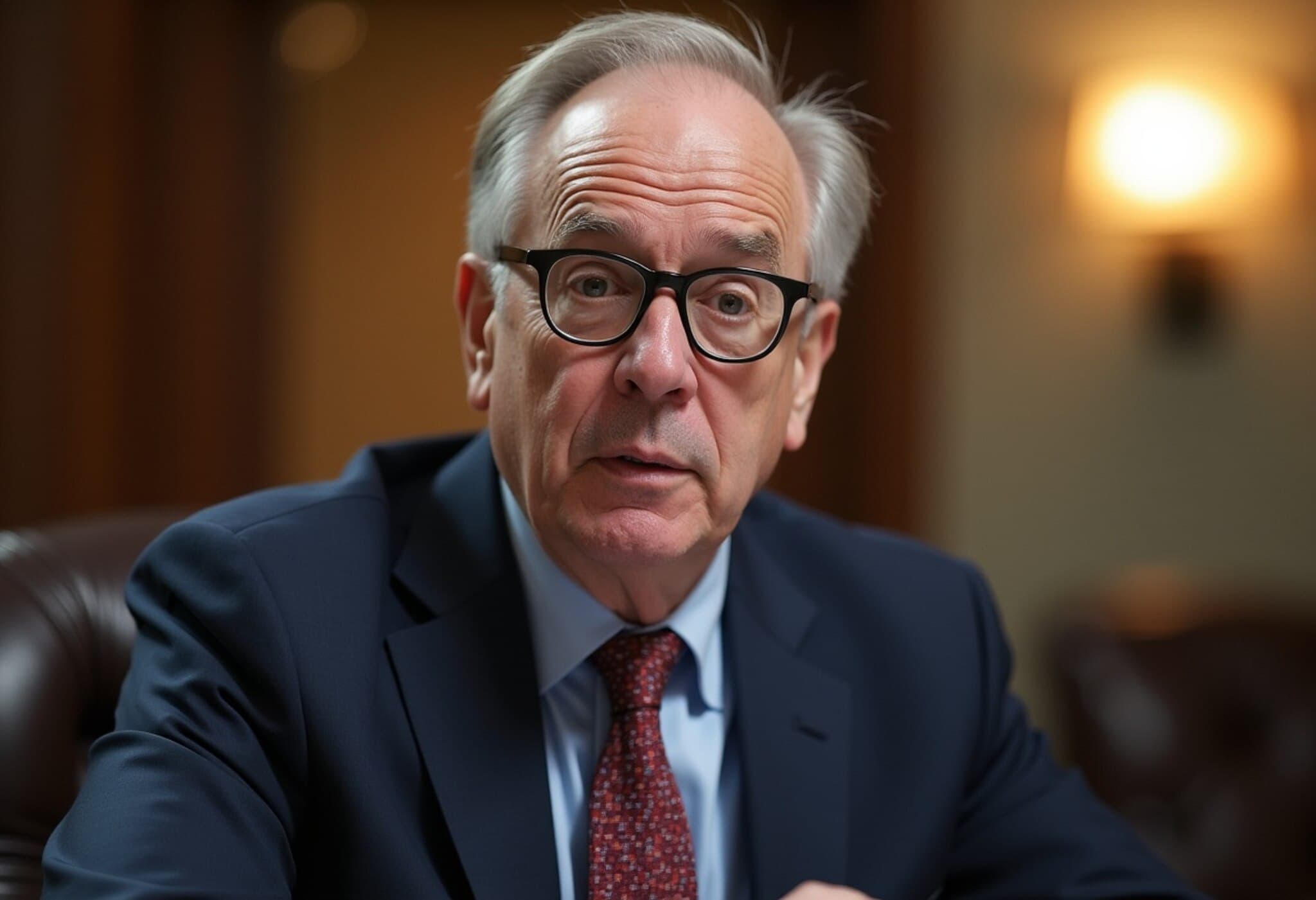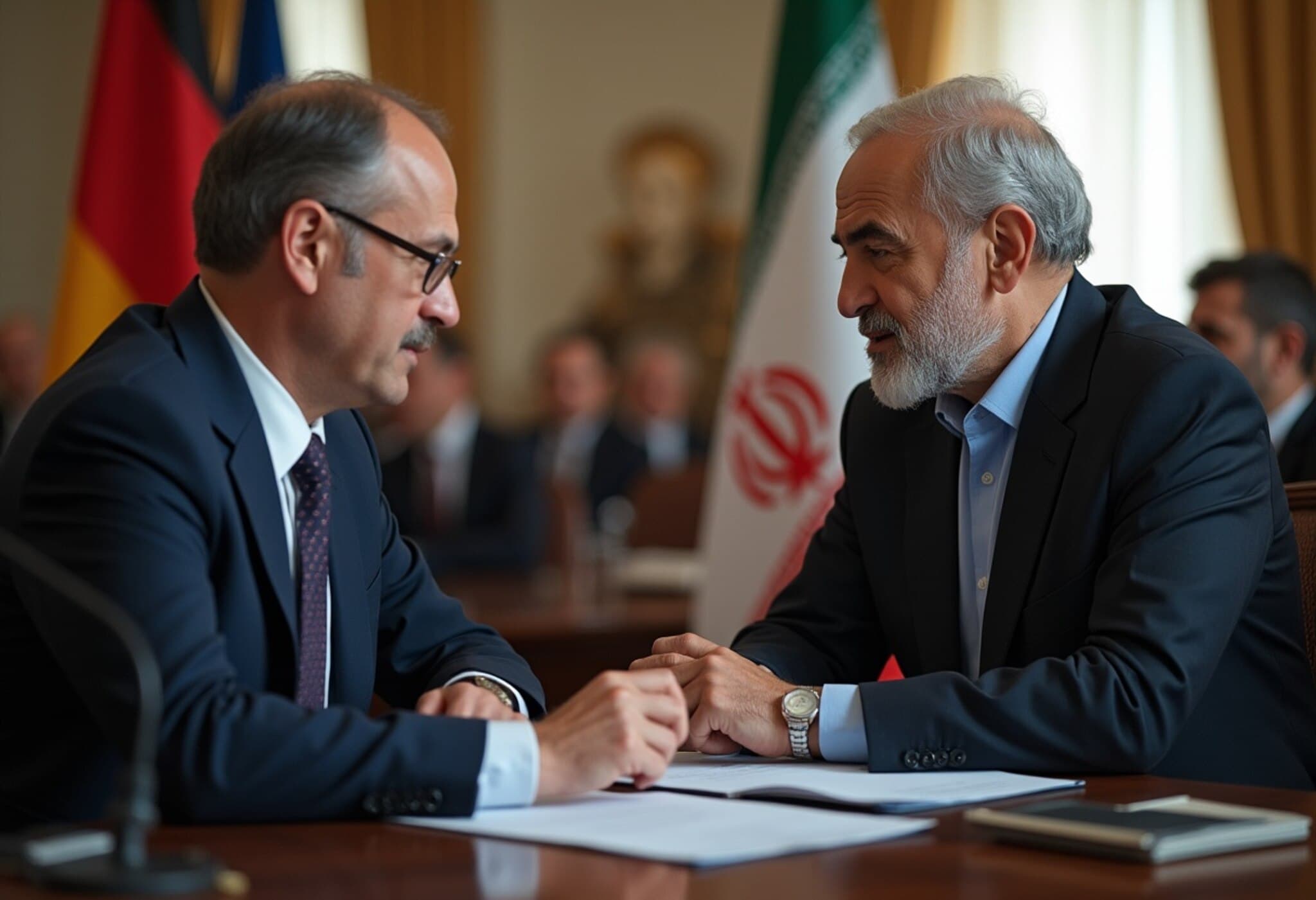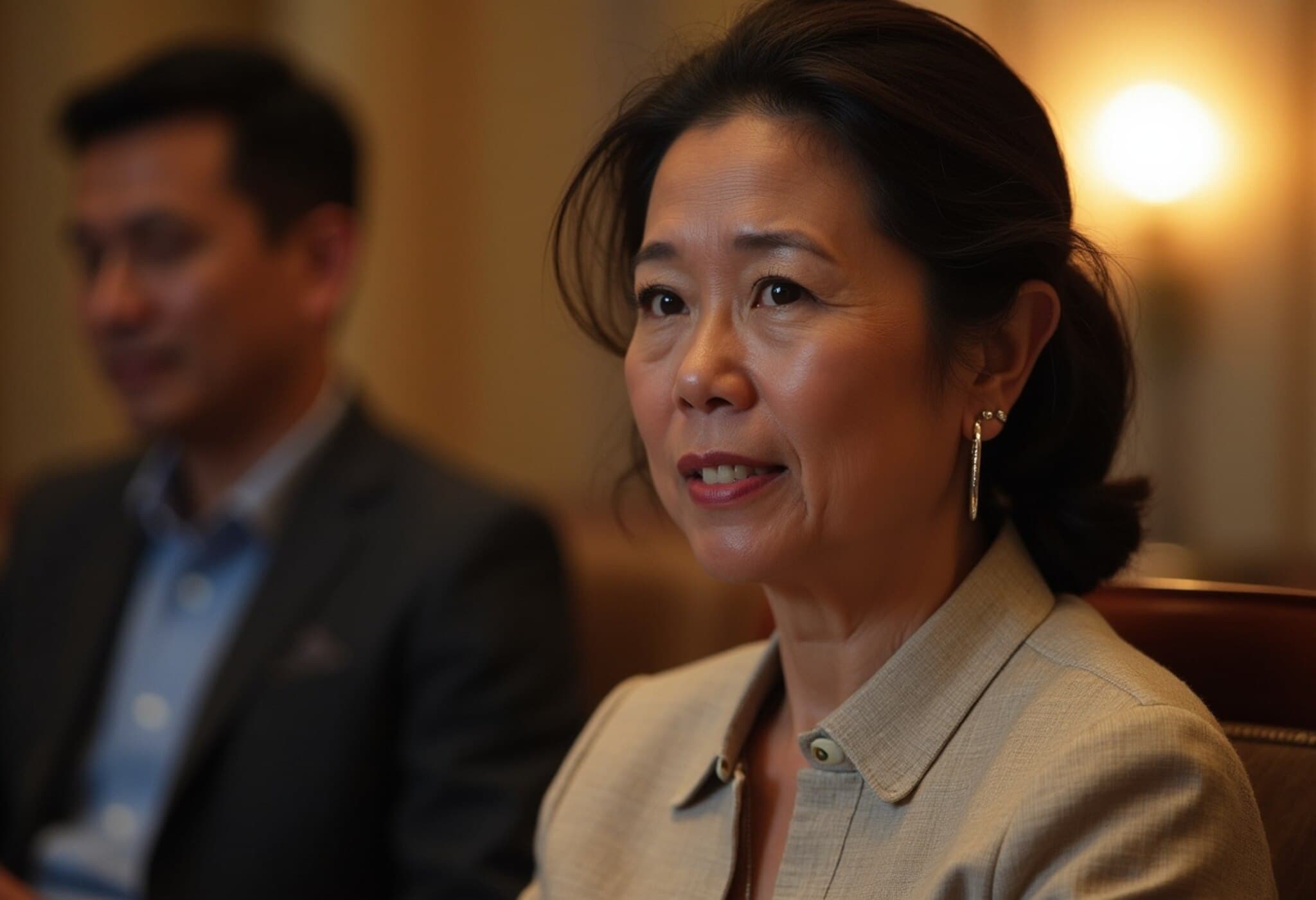Trump Signals Optimism on Fed's Approach to Interest Rates
President Donald Trump voiced confidence on Friday that the Federal Reserve is poised to start lowering interest rates, following a recent in-person meeting with Federal Reserve Chair Jerome Powell. This marks a potentially significant shift in the monetary policy stance amid ongoing economic debates over inflation control and growth prospects.
“I believe we had a very good meeting on interest rates,” Trump told reporters. “Powell said to me very strongly, the country is doing well. I took that to mean he’s going to start recommending lower rates.”
Context: The Fed’s Cautious Stance Amid Economic Uncertainty
Powell and the Federal Open Market Committee have remained cautious about cutting rates prematurely. They are carefully monitoring how recent tariffs and trade tensions affect inflation and overall economic resilience. Historically, the Fed has emphasized the strength of the U.S. economy in justifying maintained or increased rates, viewing it capable of withstanding monetary tightening.
This patience reflects a broader cautiousness against risking inflationary pressures reigniting, a concern that underscores the delicate balance central banks face in today’s complex global economy.
White House Continues Pressure for Monetary Easing and Fed Accountability
Adding to the dialogue, White House Budget Director Russell Vought amplified calls for the Fed’s operational transparency and for monetary easing, particularly to support vulnerable sectors like housing. Speaking on a recent broadcast, Vought emphasized the administration's push for a thorough review of the Federal Reserve’s policies and management.
“There’s a whole host of issues with regard to the Fed, and we want to make sure those questions get answered over time,” Vought remarked. “This is not a pressure campaign on the Fed chairman.”
This nuanced statement suggests the White House is eager for reform and greater accountability without overtly politicizing the central bank’s independence—a delicate line given the Fed’s crucial role in economic stability.
Amid Tensions, Meeting Characterized as Constructive
After months of tension between the Trump administration and the Federal Reserve, the recent meeting appeared more cordial. Fed officials released a statement expressing gratitude for presidential support in completing a key renovation project at the central bank.
“We are honored to welcome the President and other Republican officials,” a Fed spokesperson said, underscoring a commitment to prudent resource management through the project’s completion.
Financial and Operational Challenges at the Federal Reserve
While rates and policy direction dominate headlines, the Fed is also tackling internal financial strains. It currently faces a significant operational deficit—nearly $80 billion in 2024—due to interest paid on bank reserves exceeding investment income. This is unusual since the Fed traditionally returns profits to the U.S. Treasury.
Vought indicated the White House intends to keep spotlighting these governance concerns. “You don’t get to just be at the Fed and not have any criticism directed your way,” he said, highlighting a broader push for government oversight consistent with democratic accountability.
Market Outlook and Political Dynamics
Despite Trump's optimism, futures markets currently assign little probability to a Fed rate cut at the upcoming policy meeting next week. Instead, expectations point toward a possible cut later in the year, perhaps by September.
Notably, Trump has softened his earlier rhetoric threatening to dismiss Powell, affirming he sees no immediate need for the Fed Chair’s resignation. This may help ease market jitters about political interference, preserving the Fed’s institutional independence amidst political pressures.
Expert Insight: Balancing Act Between Policy and Politics
Monetary experts view the president’s recent tone as an attempt to align political leadership with central bank policy, potentially paving the way for smoother coordination. However, economists caution that premature rate cuts could amplify inflation risks, destabilizing the hard-fought economic recovery.
The administration’s push for a comprehensive Fed review echoes growing calls to reassess central bank governance, transparency, and strategic priorities at a time when economic vulnerabilities persist globally.
Looking Ahead
The evolving relationship between the White House and the Federal Reserve will remain a key theme for markets and policymakers. Whether Powell responds by easing monetary policy soon or maintains vigilance could shape the trajectory of economic growth, inflation, and financial stability over the remainder of 2025.
Key Questions Moving Forward:
- How will the Fed balance inflation control with the administration’s call for rate cuts?
- What reforms might come from the anticipated review of the Federal Reserve’s operations?
- Could political dynamics influence the Fed’s independence in the near term?
Editor’s Note
President Trump’s recent dialogue with Fed Chair Powell marks a noteworthy thaw in an often contentious relationship between the executive branch and central bank. Yet, as economic indicators remain mixed and financial challenges within the Fed persist, the question remains whether this newfound optimism signals a genuine pivot in U.S. monetary policy or strategic political signaling ahead of critical economic junctures. Stakeholders should watch closely the Fed’s next moves, weighing the fine line between fostering growth and containing inflation.

